‘70s TV Couples Who Defined Love for a Generation
The 1970s were a golden era for television, with couples who brought heart and humor, as well as real-life relationship struggles, to small screens. They helped define what love looked like for millions of viewers, mixing romance with relatable moments and setting new standards for what TV pairings could be.
Archie and Edith (All in the Family)
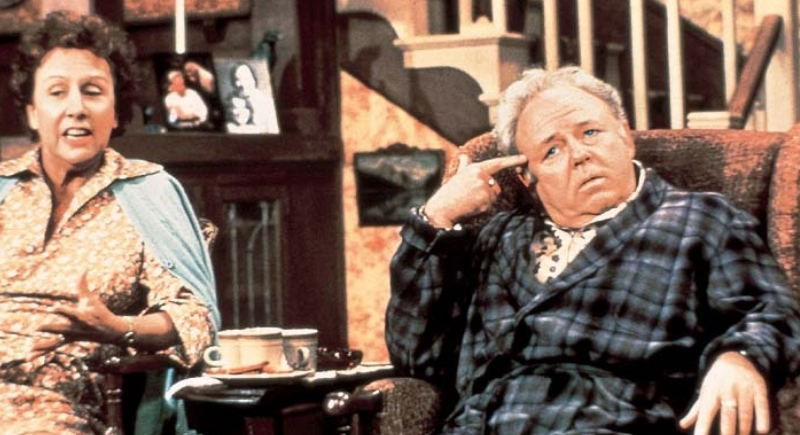
Credit: IMDb
Archie Bunker had opinions about everything, most of them awful, but somehow Edith loved him anyway. She made meatloaf, sang off-key, and called him “Awchie.” Their marriage was loud and messy, but real. And even though Archie never said “I love you,” he couldn’t function without her. That’s saying something.
Mike and Carol (The Brady Bunch)
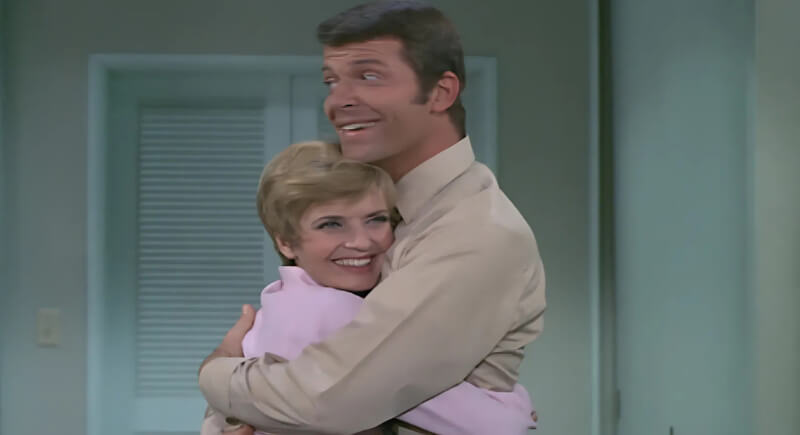
Credit: IMDb
They were the faces of a blended household long before that idea was familiar on television. Mike brought calm as the architect father, while Carol kept the home steady with humor and style. The show framed their marriage as functional and affectionate, even with six kids under one roof and only one bathroom to share.
Samantha and Darrin (Bewitched)

Credit: IMDb
Imagine being married to a literal witch and still getting annoyed that she didn’t do chores the normal way. That was Darrin. Samantha loved him enough to hold back her powers, most of the time. They switched Darrins mid-series, but Elizabeth Montgomery kept the magic going. Fans barely even noticed the recast.
Mork and Mindy (Mork & Mindy)
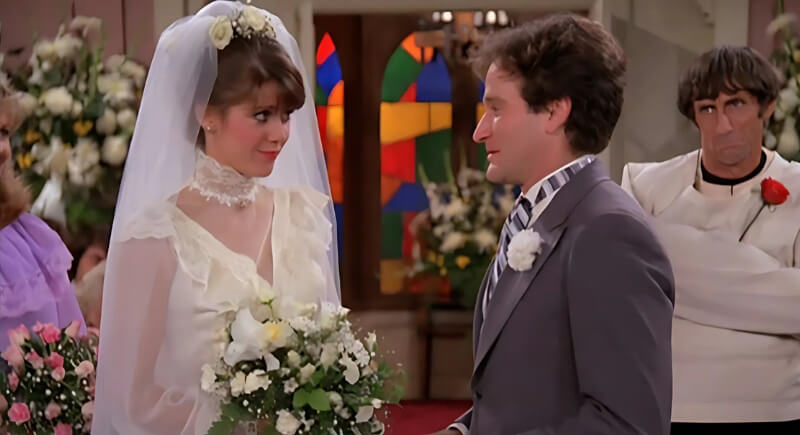
Credit: IMDb
The pairing looked absurd on paper: an alien adjusting to Earth life and a young woman working in a Colorado music store. What made it work was Robin Williams’ unpredictable energy and Pam Dawber’s steady presence beside him. Their chemistry turned an unlikely setup into a romance that audiences embraced.
Jim and Margaret (Father Knows Best)
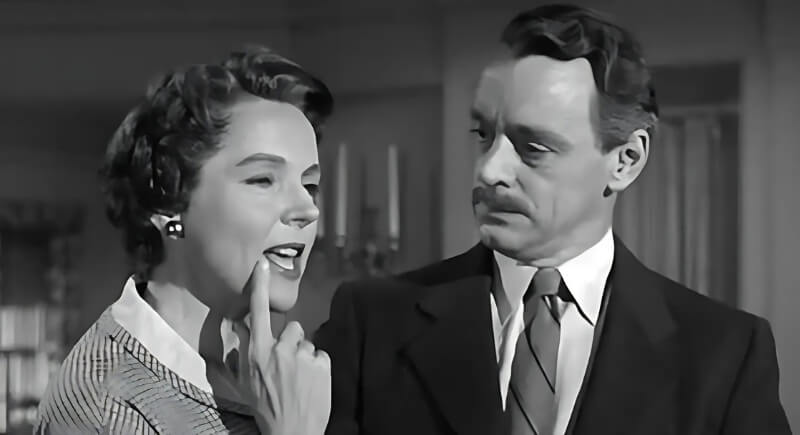
Credit: IMDb
Even in reruns, Jim and Margaret felt ahead of their time. They listened to each other, didn’t yell much, and actually modeled good parenting. Jane Wyatt and Robert Young made their dynamic feel real without being corny. For a ’50s show, it aged surprisingly well through ’70s syndication.
Lou and Mary (The Mary Tyler Moore Show)
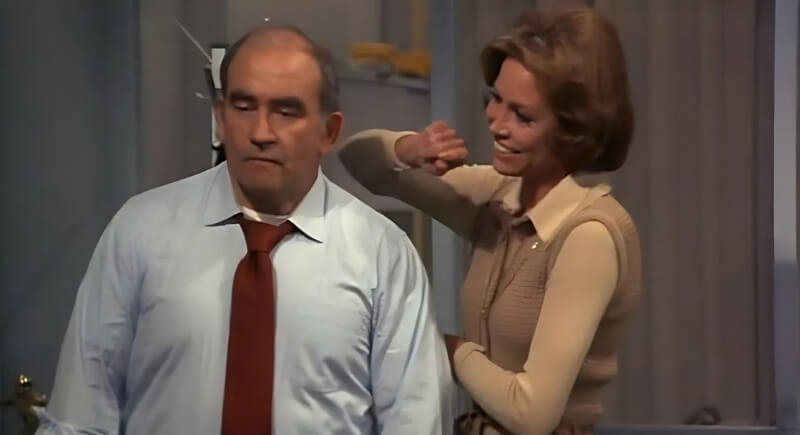
Credit: IMDb
Lou called her “kid,” but he relied on her more than he liked to admit. Mary never let his rough edges slide, and that gave their exchanges bite as well as warmth. What they shared was not romance but a steady friendship that showed how respect alone could hold a story together.
Herman and Lily (The Munsters)
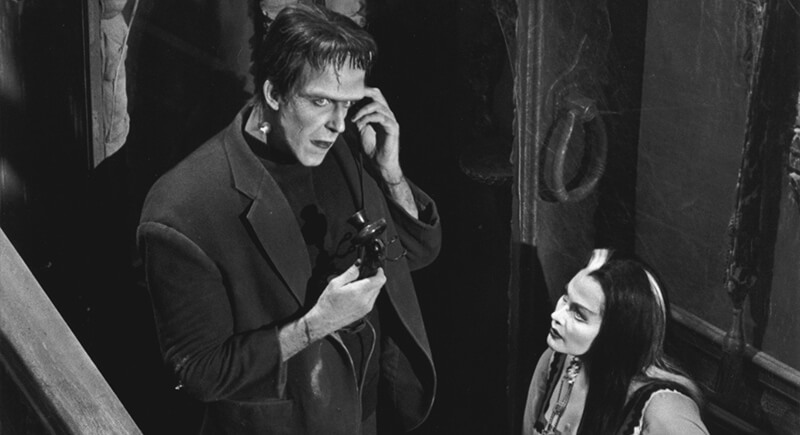
Credit: IMDb
Sure, they looked like monsters, but Herman and Lily were probably the most normal married couple on TV. This pair raised Eddie together without blinking at the chaos around them. Reruns made them a ‘70s staple, especially for anyone who liked love with a laugh.
George and Louise (The Jeffersons)
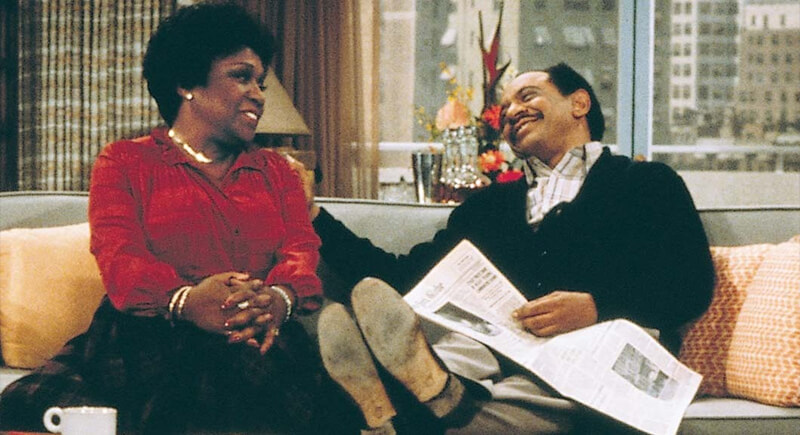
Credit: IMDb
Their marriage thrived on contrast: George pushed, Louise pushed back. That back-and-forth gave the show both comedy and bite. Beyond the deluxe apartment setting, they tackled racism and class with rare honesty. Isabel Sanford’s Emmy win proved Louise wasn’t just the patient wife—she was the anchor of the entire series.
Tom and Abby (Eight Is Enough)
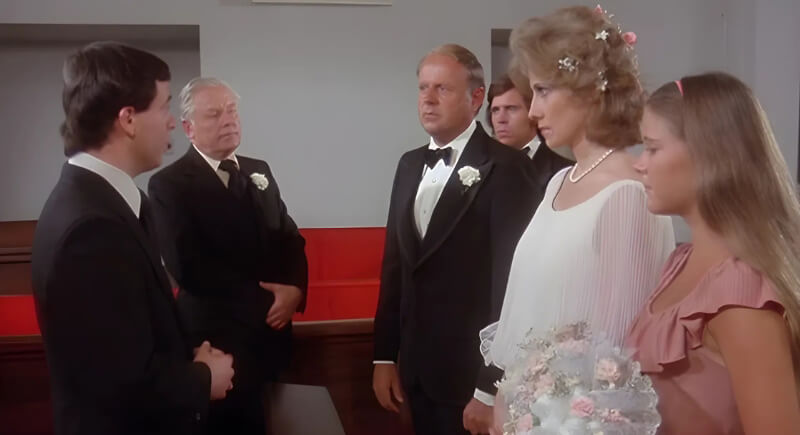
Credit: IMDb
After Tom’s first wife died early in the series, he eventually married Abby, and the adjustment was no joke. She stepped in as a stepmom to eight kids, which is practically superhero-level patience. The show handled remarriage in a surprisingly sensitive way, making them one of TV’s more relatable late-’70s couples.
Howard and Marion Cunningham (Happy Days)
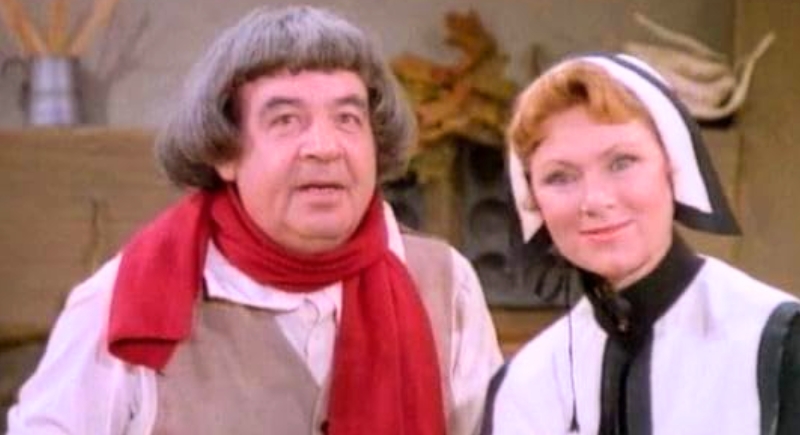
Credit: IMDb
While the teenagers drove the storylines, Howard and Marion provided the anchor. Their home felt lived in, thanks to Tom Bosley and Marion Ross, who gave small moments—breakfast at the table, simple advice—the weight of real family life. They showed marriage could be steady without ever becoming dull.
Sonny and Cher (The Sonny & Cher Comedy Hour)
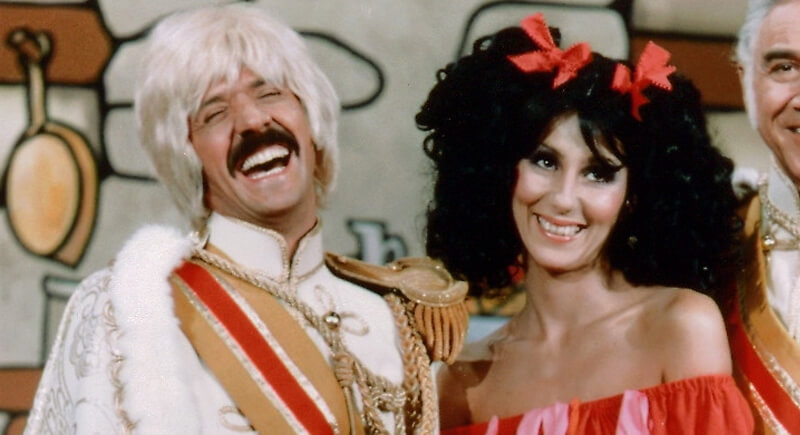
Credit: imdb
Their real marriage had ups and downs, but onscreen they were magic. Sonny played the goofy one, Cher rolled her eyes, and the audience ate it up. They eventually split, but their chemistry was still there. Watching them go from duet partners to a couple unraveling was like reality TV before that was a thing.
Oscar and Felix (The Odd Couple)
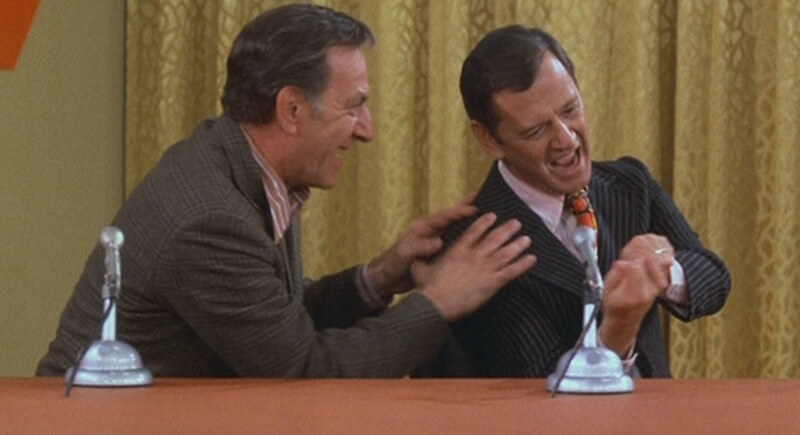
Credit: IMDb
They weren’t a couple, but let’s be honest, Oscar and Felix bickered like one. The former was a slob who let his partner clean constantly. Total opposites. Still, they depended on each other like an old married pair. The show made it okay for two dudes to live together and show emotion without it being a punchline.
Bob and Emily (The Bob Newhart Show)
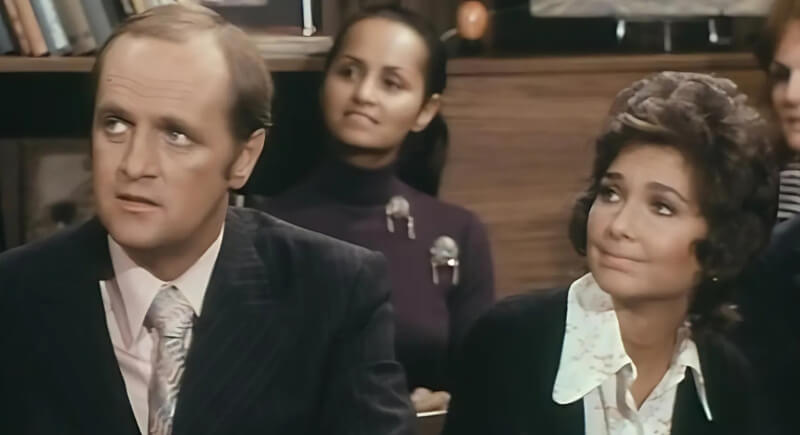
Credit: IMDb
This couple stood out for how ordinary they seemed. Bob’s dry humor played against Emily’s sharp wit, giving their marriage a natural rhythm that felt closer to real life than sitcom fantasy. Suzanne Pleshette and Bob Newhart showed affection through small gestures rather than big drama, and it worked.
Andy and Helen (The Andy Griffith Show)
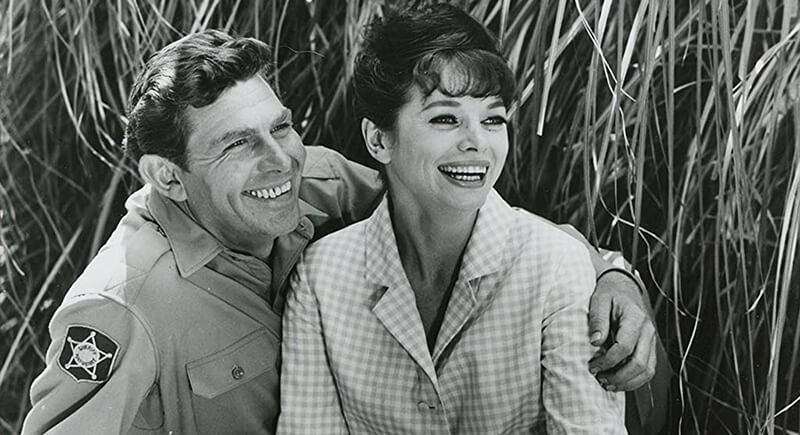
Credit: IMDb
Andy’s easy manner matched well with Helen’s sharpness. Their story moved slowly, but that pace gave it credibility. Instead of grand gestures, the show let their bond grow through ordinary scenes in Mayberry, and that steady build made their romance one of the most believable parts of the series.
Ann and Donald (That Girl)
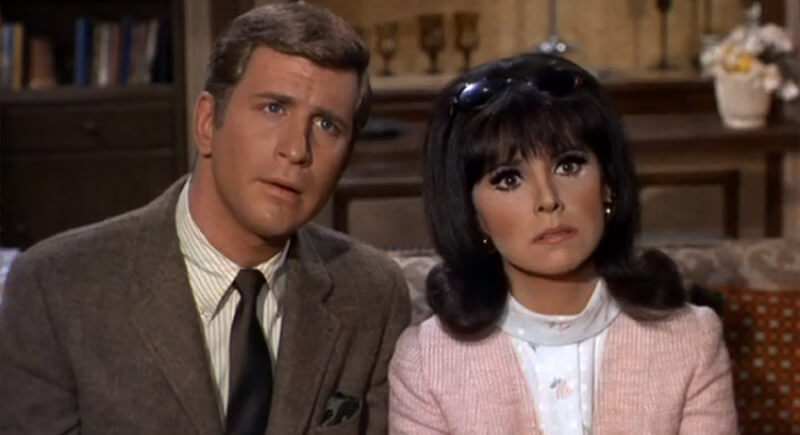
Credit: IMDb
Ann was chasing her acting dreams in New York, as Donald stayed her steady boyfriend who somehow never got in the way. The actress Marlo Thomas insisted that Ann remain independent, rejecting pressures from ABC and the show’s sponsor to end the series with a wedding.
Caine and His Ladies (Kung Fu)
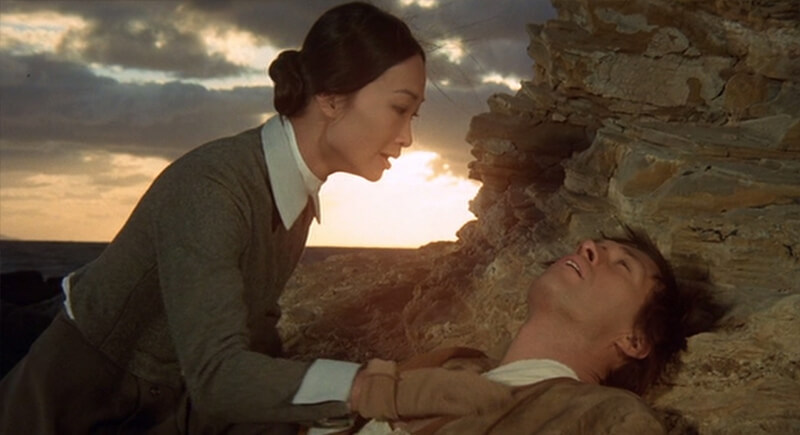
Credit: IMDb
Kwai Chang Caine didn’t do the whole “settle down” thing, but almost every episode had him meeting someone new. The show used those flings to explore race, philosophy, and personal growth. David Carradine’s calm vibe and moral compass made those fleeting connections feel deeper than they probably were on paper.
Hawkeye and Margaret (MAS*H)
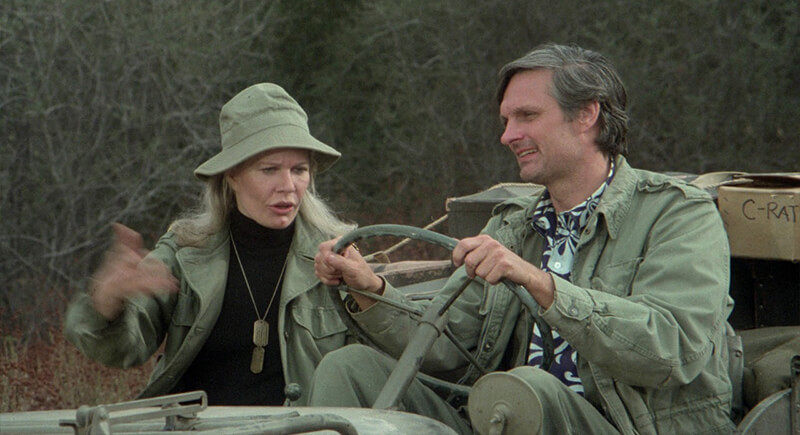
Credit: IMDb
These two weren’t exactly romantic partners, but there was always something there. Margaret started with Frank Burns, but as the series went on, her scenes with Hawkeye became more complex. War wasn’t exactly the best dating scene, but they managed to show real emotional growth. Not your average sitcom setup.
John and Maureen (Lost in Space)
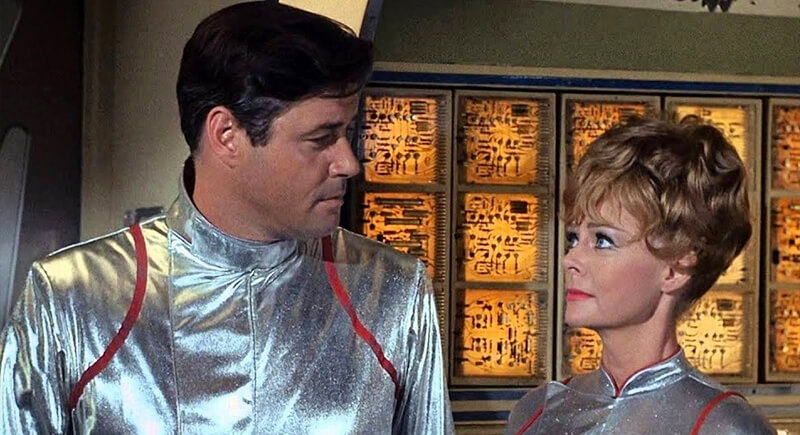
Credit: IMDb
The Robinsons’ parents weren’t written as background figures. John led missions, Maureen balanced science with family life, and together they held the group steady when everything else spun out of control. Even on distant planets with robots and danger at every turn, they carried themselves like partners who trusted each other completely.
Oliver and Lisa (Green Acres)
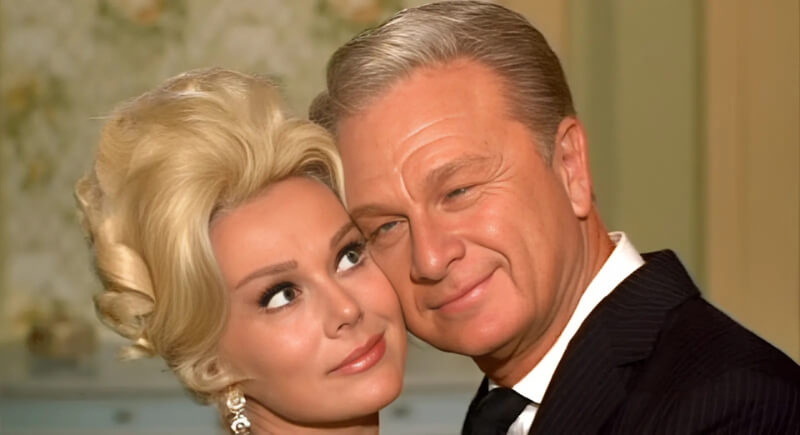
Credit: IMDb
At the center of Green Acres was a marriage held together by opposites. Oliver longed for rural calm, while Lisa never stopped pining for city comforts. The clash fueled endless comedy—pigs in the kitchen, neighbors dropping by uninvited—but beneath the absurdity was a couple that never wavered in commitment.
Charles and Caroline (Little House on the Prairie)
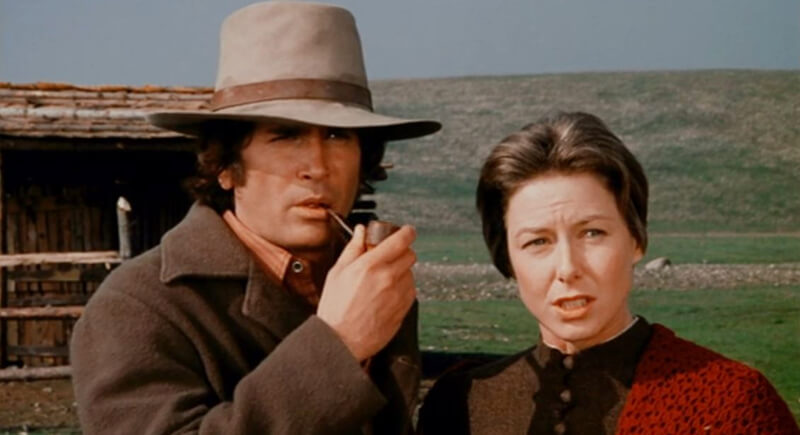
Credit: IMDb
Life on the prairie was brutal, but Charles and Caroline kept things running. They farmed, raised kids, and dealt with snowstorms, fires, and cholera. Michael Landon and Karen Grassle made it clear this was a marriage built on respect. Even when everything went wrong, they never turned on each other.
Gomez and Morticia (The Addams Family)
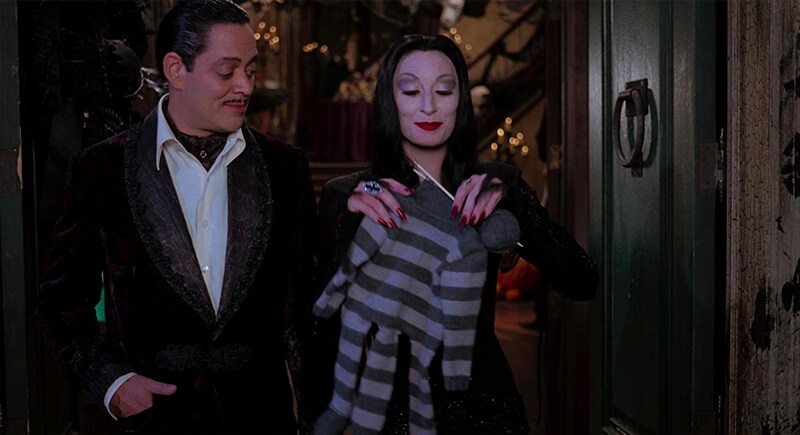
Credit: IMDb
Gomez and Morticia were goth couple goals. Constantly touching, always complimenting each other, and never embarrassed about being into each other. It was weird, but it worked. Their love story still felt refreshing in reruns because they actually liked each other without sarcasm or eye-rolls—just spooky affection.
Bert and Ernie (Sesame Street)
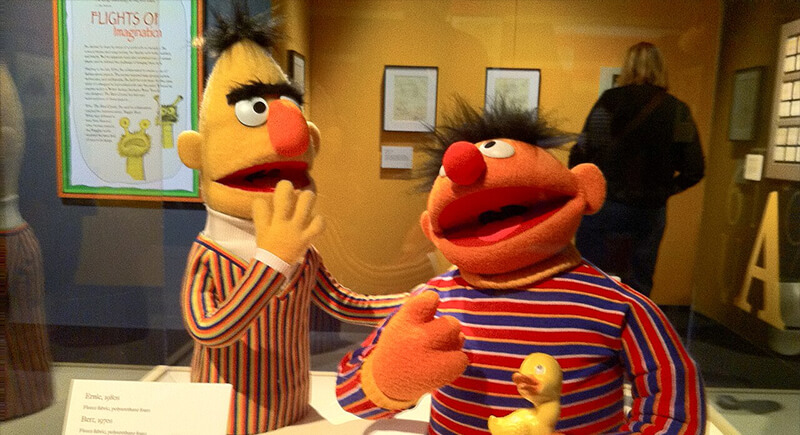
Credit: Wikipedia
Sure, they weren’t officially a couple, but Bert and Ernie had serious domestic vibes. They shared a room, argued about rubber duckies and pigeons, and always made up. Their dynamic became one of the most recognizable on TV, and it started back in the ’70s when the show took off.
Steve and Jaime (The Six Million Dollar Man/The Bionic Woman)
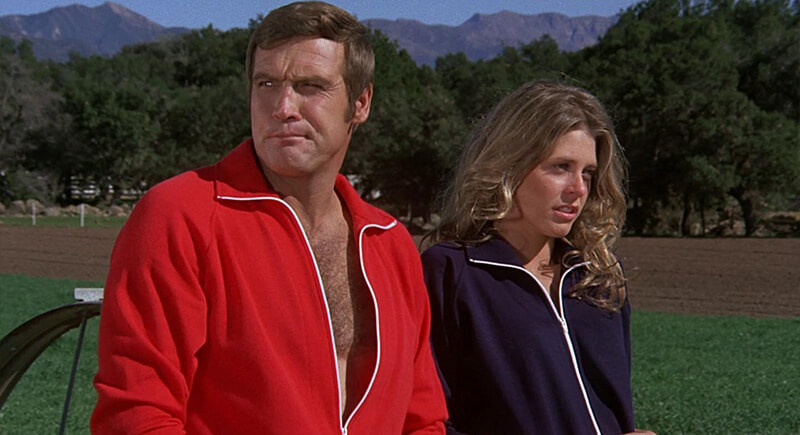
Credit: IMDb
When you’ve both been rebuilt with government-grade tech, your relationship gets complicated. Steve and Jaime had history, heartbreak, and some high-speed running scenes. Their chemistry was strong, even when they were fighting. Fans never knew if they’d stay together, but the connection was always evident and powerful.
Starsky and Hutch (Starsky & Hutch)
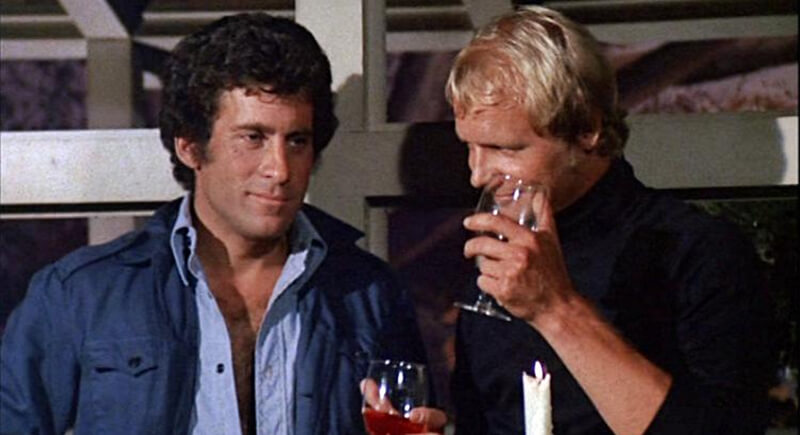
Credit: IMDb
These guys weren’t a couple, but the friendship ran deep. They finished each other’s sentences, trusted each other with everything, and hugged it out when things got rough. It wasn’t romance, but it was still love—in a muscle-car, crime-fighting kind of way. The fans totally picked up on that.
Richie and Lori Beth (Happy Days)
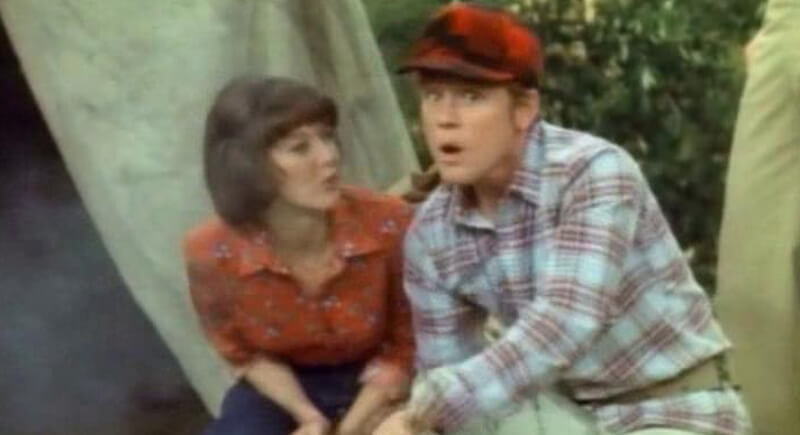
Credit: IMDb
While the show leaned on rebellion and rock-and-roll energy, Richie and Lori Beth offered a steadier counterpoint. Their relationship stretched from high school through long-distance college years, ending in a wedding conducted by phone. It wasn’t flashy, but it gave the series a grounded love story audiences could root for.
Quincy and Lee (Quincy, M.E.)
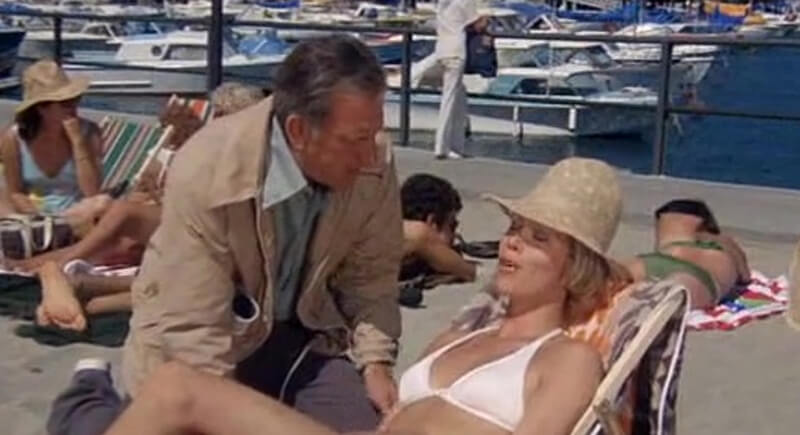
Credit: IMDb
Quincy and Lee’s relationship started slowly, but by the end, it was clear they were more than colleagues. Although he was knee-deep in autopsies and she worked behind the scenes, somehow romance bloomed. The show was about solving crimes, but their back-and-forth added a nice emotional layer between all the body bags.
Kirk, Spock, and Bones (Star Trek)
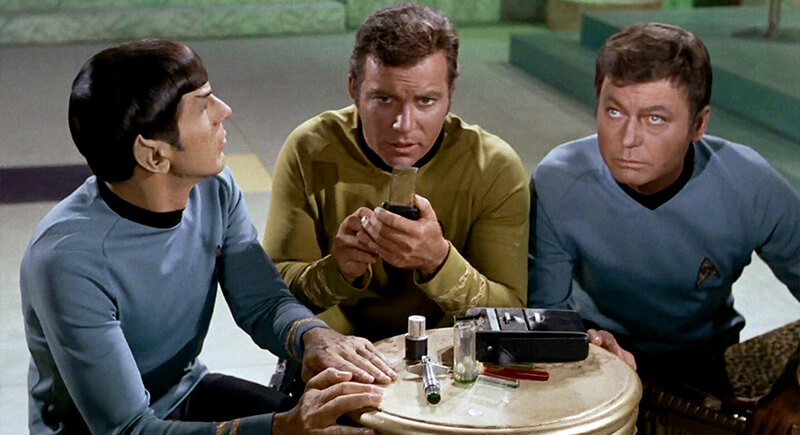
Credit: IMDb
The heart of Star Trek wasn’t a romance but a trio. Kirk pushed forward, Spock countered with logic, and Bones cut through both with cynicism. That constant push and pull built a loyalty that anchored the series. Viewers saw friendship portrayed with as much gravity as any love story.
Daisy and Enos (The Dukes of Hazzard)
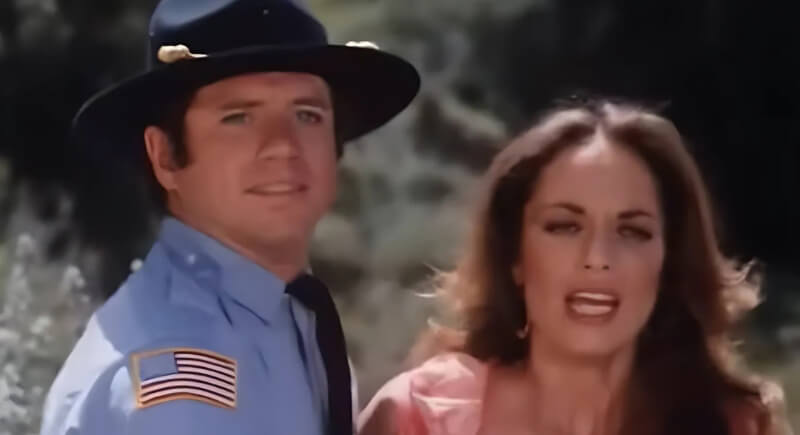
Credit: Youtube
Most of the show ran on car chases and slapstick, but Daisy and Enos added a softer thread. His bashful crush and her tolerant affection never quite turned into a relationship, yet their scenes broke up the chaos with a touch of sweetness that fans still remember.
George and Jane (The Jetsons)
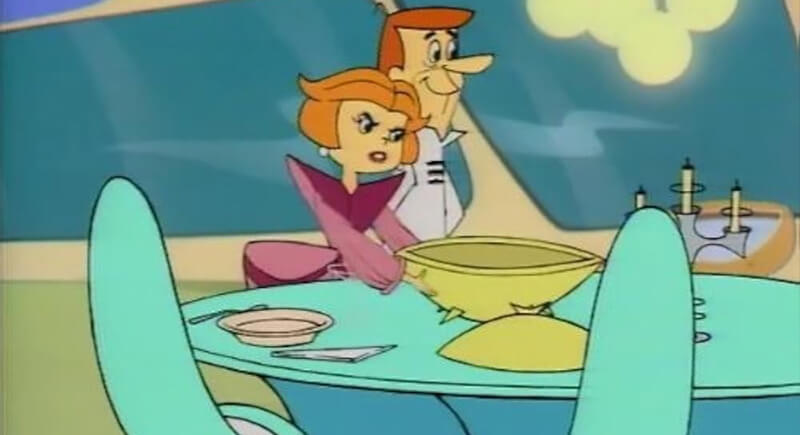
Credit: IMDb
Robot maids and a house in the sky didn’t stop George and Jane from acting like every other married couple. She shopped a lot, while he complained about work. But their affection felt real even in animated form. The show’s reruns gave ’70s kids a funny but familiar look at marriage.
Maude and Walter (Maude)
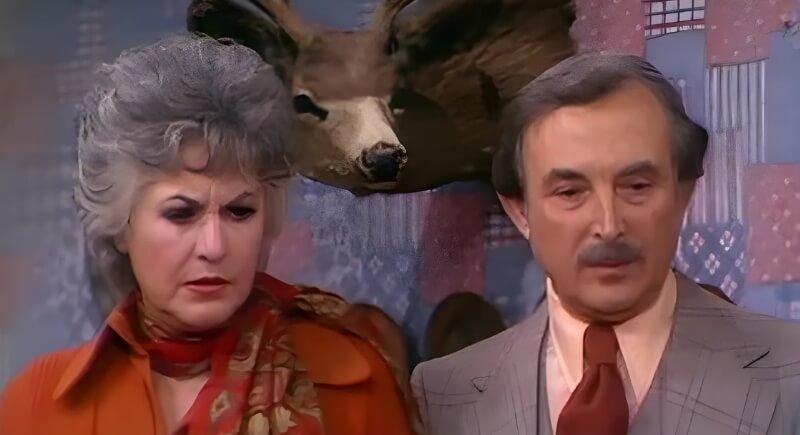
Credit: IMDb
Arguments drove their story, not tender moments. Maude challenged Walter on politics, money, and gender roles, and he gave as good as he got. The clashes were sharp, sometimes uncomfortable, but that honesty separated them from the polished sitcom marriages of the era.